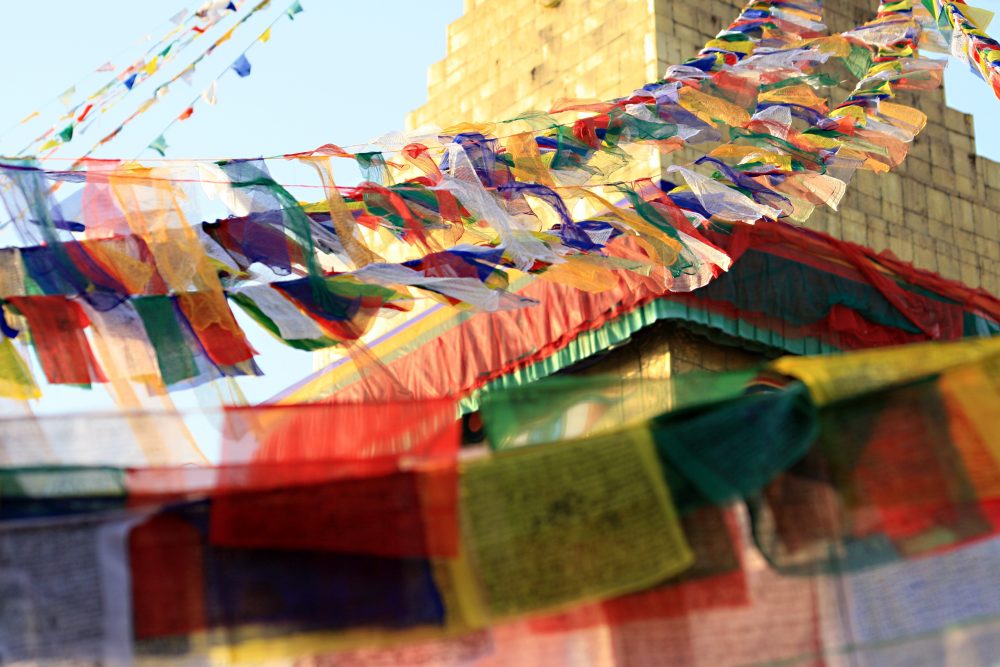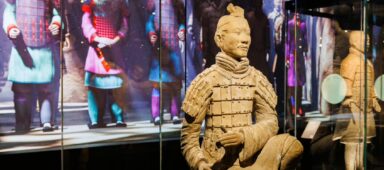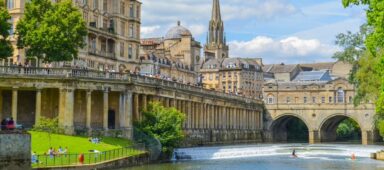Wesak (or Vesak as it is known in some countries) is one of the most important religious festivals in Buddhism. It commemorates the birth, enlightenment and death of Siddhartha Gautama, otherwise known as the Buddha. The festival is celebrated on the first full moon of the second month according to the Hindu Panchanga calendar, which falls on 7 May in 2020. While prayers are universal, different Buddhist cultures have their own traditions and beliefs when it comes to celebrating Wesak.

Nepal
Wesak is a public holiday in Nepal, where it is called “Buddha Jayanti”. Celebrations are predominant in Lumbini, – the birthplace of Buddha – where thousands of pilgrims flock to attend religious processions around the Kathmandu Valley, whilst reciting Buddhist scriptures. Prayers, sermons and talks on Buddhism are held at temples to propagate the teachings of Buddha. Devotees are encouraged to perform good deeds such as giving to charity drives, donating food and essentials to the needy, providing financial aid to monasteries and schools and taking part in blood donations. Many people also dress in pure white and abstain from eating meat.

South Korea celebrates the birthday of Buddha (called ‘seokga tansinil’) on the 8th day of the 4th month in the Korean lunar calendar. The celebration is as much religious as it is cultural, so apart from prayers and offerings at temples, there will also be processions, traditional performances, folk games and more. The highlight of the event is the Lotus Lantern Festival, which has roots dating back over 1,200 years. Major cities such as Seoul host grand parades, featuring replicas of Buddha alongside cultural icons such as dragons. Participants carry lotus-shaped lights to symbolise purity and wisdom.

Malaysia
Buddhism is the second largest religion in Malaysia after Islam, with approximately 20 percent of the population professing to the Buddhist faith. Being a multicultural society, Malaysia makes Wesak a public holiday. The largest Wesak Day procession in Kuala Lumpur is organised by the Buddhist Maha Vihara temple in Brickfields, Kuala Lumpur, and features colourful decorated floats that are paraded around the city, accompanied by traditional lion and dragon dances. Another place to observe the festivities is at Georgetown in Penang, which has organised a seven-kilometre-long float Wesak Day procession through the streets annually since 1949.

Buddhism plays a big part in Thai society; in fact, young men are encouraged to be ordained as monks for a period of time as a rite of passage. As such, Wesak celebrations are massive, with devotees flocking to temples and offering prayers to gain ‘merits’, which is believed to accumulate into good karma. Candlelight processions are held, where monks in saffron robes chant prayers and give sermons. During the festival, Buddhists observe the Five Moral precepts according to the Theravada tradition, which include refraining from harming living things or taking intoxicating substances. Bars and clubs are also closed, to avoid serving alcohol.
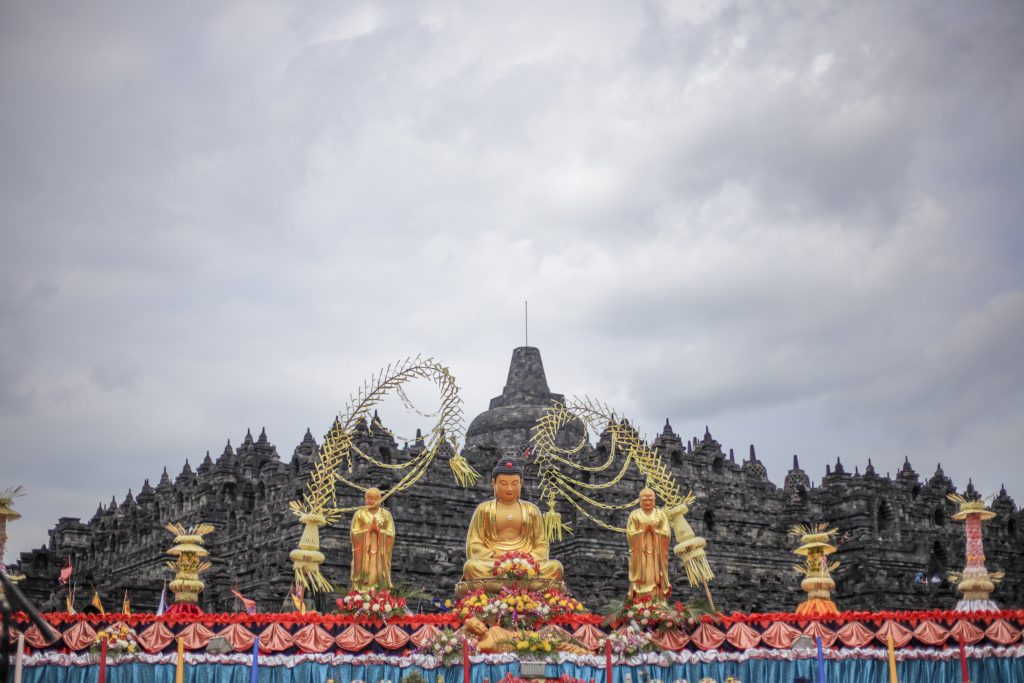
Indonesia
Once the centre of power for several ancient Buddhist kingdoms, Indonesia is home to the world’s largest Buddhist temple and one of the religion’s holiest sites: the temple of Borobudur in Central Java. A unique ritual performed here is the Pindapata, where thousands of monks circle the structure whilst praying to receive charity and blessings for the Indonesian people. Another ritual devotees take part in is the release of sky lanterns, lighting up the night sky with a magical display against the backdrop of a full moon.
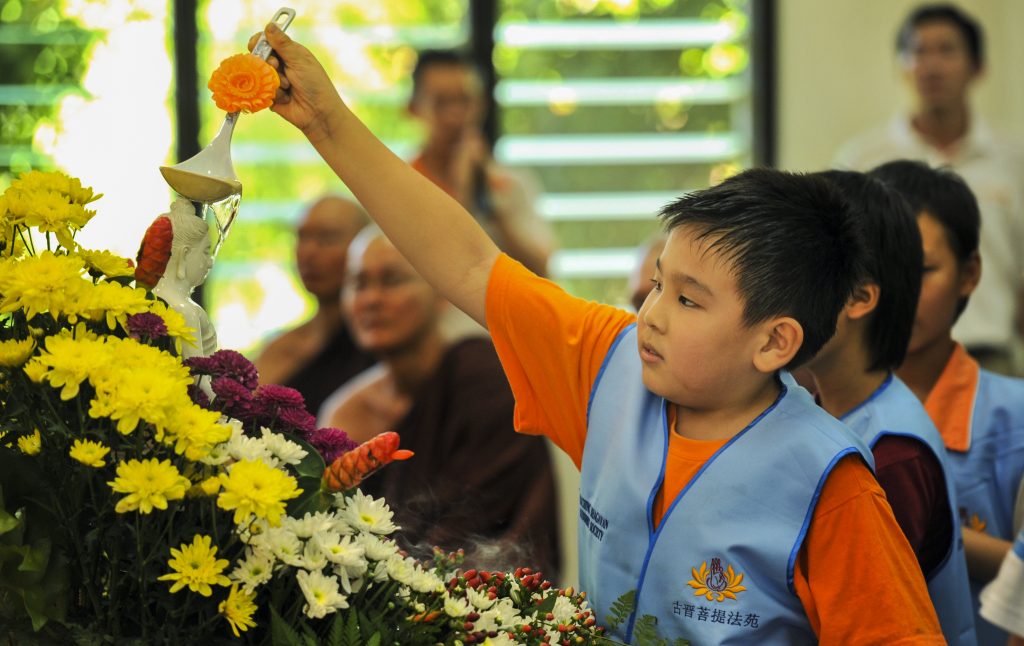
China
Despite being a secular communist republic, China is home to one of the world’s largest Buddhist populations. A major tradition here is the Bathing of the Buddha, which involves pouring scented water over a statue of the infant Buddha to symbolise purifying one’s self from greed and bad elements, starting anew and practicing kindness. Caged birds are also released to gain good karma.
